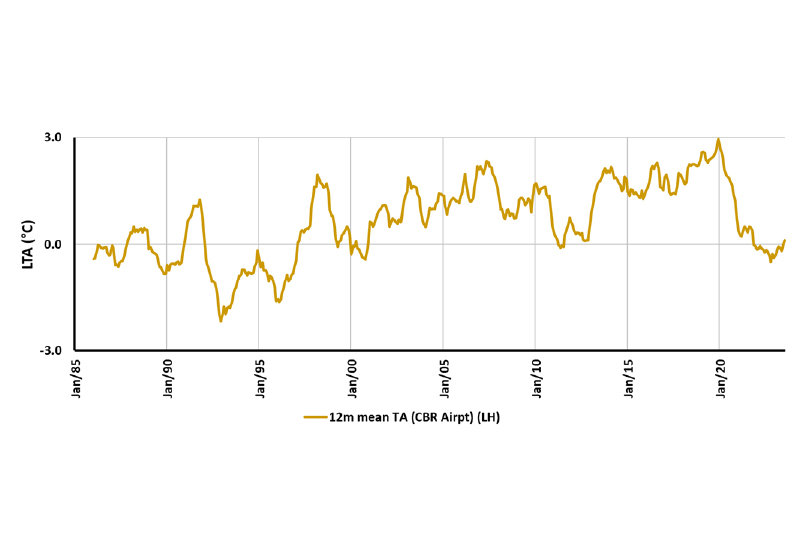2023-10-27 ニューサウスウェールズ大学(UNSW)
◆大規模火災は大気と強く結びつき、予測不能な挙動を示すことがあり、新しい予測モデルは現行の火災危険度評価システムを補完するものであるとされています。このモデルは、気温と河川流量などのデータを組み合わせて大規模な山火事の発生可能性を評価し、将来の火災シーズンでの実用性を評価する段階にあります。
<関連情報>
- https://newsroom.unsw.edu.au/news/science-tech/new-system-predict-extreme-bushfire-danger-australia
- https://knowledge.aidr.org.au/resources/ajem-october-2023-operational-prediction-of-extreme-bushfires/
大規模な山火事の運用予測
Operational prediction of extreme bushfires
Rick McRae
Australian Journal of Emergency Management Published:October 2023
DOI:http://www.doi.org/10.47389.38.4.67

Fire behaviour is changing as new modes of fire spread dominate in south-eastern Australia, making extreme bushfires significant risk drivers during bad fire seasons. This is linked to changes in climate and landscape hydrology. A Hierarchical Predictive Framework has been developed specifically to predict the risk of extreme bushfires in south-east Australia. It uses temperature anomalies and the accumulation of river drying events to predict seasonal risk. If that risk is raised, a Blow-Up Fire Outlook model looks at fire weather forecasts and fireground context for specific risk prediction. This guides operational intelligence gathering to support decision-making by incident management teams. The Hierarchical Predictive Framework is based on over 20 years of archival data on extreme bushfires and their context. It is intended to work alongside, but not replace, existing operational systems. Tools like the framework can help keep fire crews safe in the face of risks like branched troughs and the rapid rise in prominence of foehn-driven fires in Australia, as well as the rapidly growing threat from fires that spawn pyrocumulonimbus clouds (pyroCbs).



